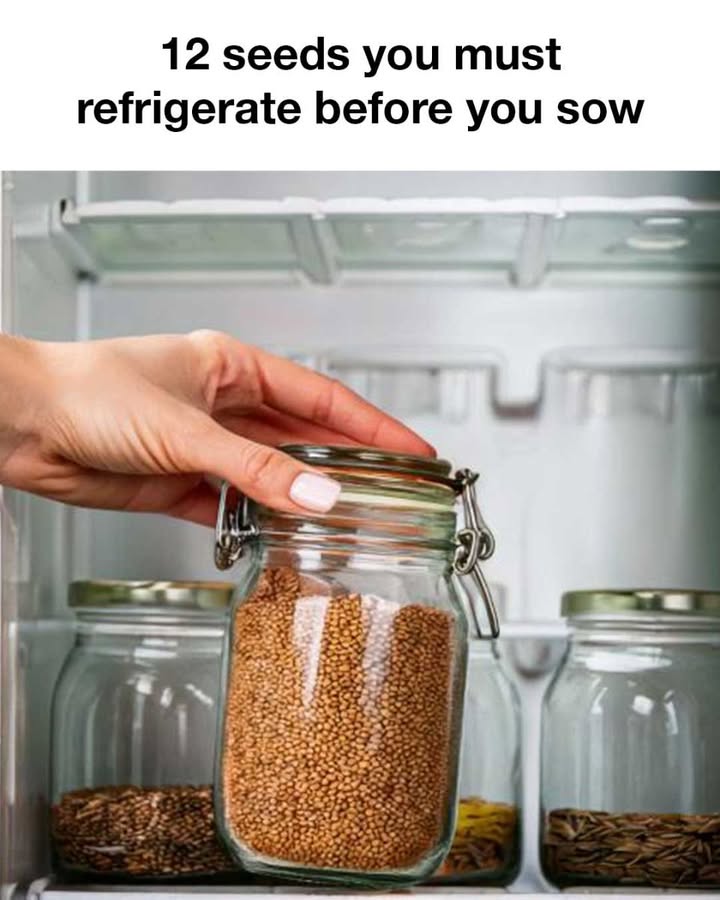Seed refrigeration, often referred to as cold stratification, is a crucial step in the gardening process for many plant species. This technique mimics the natural winter conditions that seeds experience in the wild, which is essential for breaking seed dormancy and promoting successful germination. Understanding the importance of this process can significantly enhance your gardening success, especially with certain plant varieties that require specific conditions to sprout.
Understanding Seed Dormancy
Seed dormancy is a survival mechanism that prevents seeds from germinating until conditions are favorable for growth. In nature, this ensures that seeds do not sprout during unsuitable seasons, such as winter. Dormancy can be broken by various environmental cues, such as temperature changes, light exposure, and moisture levels. For many seeds, exposure to cold temperatures is necessary to trigger the end of dormancy and initiate germination.
The Science Behind Seed Stratification
Seed stratification is the process of treating seeds to simulate natural conditions that the seeds must experience before germination can occur. Cold stratification involves exposing seeds to a period of moist, cold conditions, which can be achieved through refrigeration. This process helps to break down germination inhibitors within the seed, allowing it to sprout when planted.
Benefits of Refrigerating Seeds Before Sowing
Refrigerating seeds before sowing can significantly improve germination rates and ensure uniform sprouting. This process is particularly beneficial for seeds that require cold stratification, as it provides the necessary environmental cues to break dormancy. Additionally, refrigeration can help to prevent mold and decay, preserving seed viability over time.
How to Properly Refrigerate Seeds
To properly refrigerate seeds, place them in a moist medium such as sand, vermiculite, or a damp paper towel. Seal the seeds and medium in a plastic bag or container to maintain moisture levels. Store the container in the refrigerator, ideally at a temperature between 33°F and 41°F (1°C to 5°C), for a period ranging from a few weeks to several months, depending on the seed type.
Common Mistakes in Seed Refrigeration
One common mistake is failing to provide adequate moisture during refrigeration, which can prevent seeds from breaking dormancy. Another error is refrigerating seeds at incorrect temperatures, either too warm or too cold, which can damage the seeds. Additionally, some gardeners may not refrigerate seeds for a sufficient duration, resulting in poor germination rates.
Top 12 Seeds That Require Refrigeration
Continued on next page 👇(page 2)👇
Had no clue about this

Pages: 1 2